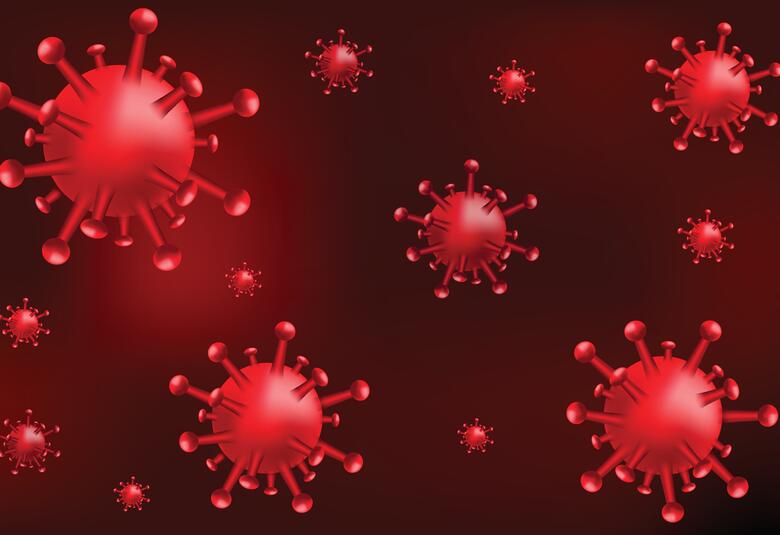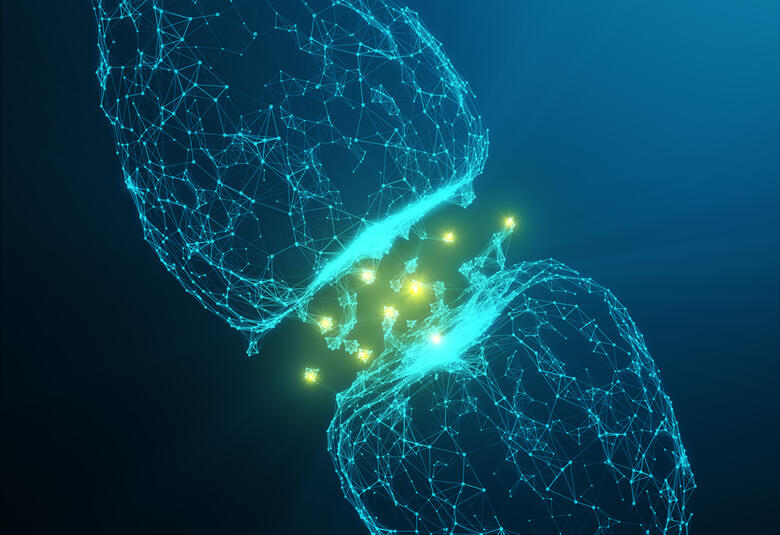During the 18th International Congress on Psychiatry and the 6th International Congress on Child & Adolescent Psychiatry held in Cairo, Egypt (14−15th June), in a symposium entitled 'Optimising treatment for patients with MDD: How to determine the appropriate course of action?' Professor Tarek Okasha discussed the history of managing mental disorders in Pharaonic Egypt; then he took us into the depths of a journey to untangle the threads of depression and analyze its obstacles from the global burden to the integration of the psychotherapy and physical therapies in depression management passing through the complexities and connections of depression.
Mental Illness in Pharaonic Egypt "NO STIGMA"
In ancient Egypt, where gods whispered, and shadows danced, mental illness wore a different guise with no stigma due to the absence of a clear separation between the mind and body. In ancient texts such as the Ebers and Kahun papyri, mental disorders were attributed to factors like the size and colour of the heart or uterus.1 Magico-religious rituals, crafted by the hands of revered priests, became the sacred key to unlocking the chambers of troubled minds and treating mental disorders.1 Then, the Qalawun Hospital emerged like a radiant star, a haven where body and mind found solace.
From Silent Suffering to Global Concern: Shedding Light on the Reach of Depression
Depression is a pervasive mental health condition impacting individuals and societies on a large scale. Studies reveal its high prevalence, with one in six or seven people experiencing a depressive episode in their lifetime. Major depressive disorder (MDD) is more common in women, with an onset typically in the mid-to-late adolescence to early 40s, with a median age of onset of 25 years.2–5 The consequences of depression extend to suicide rates, with a significant number of deaths (one million) and attempts (10 -20 million) each year. Globally, depression burdens health systems, affecting over 322 million people and becoming a leading cause of disability, according to the WHO.6
Unravelling the Tapestry: Exploring the Complexities and Connections of Depression
In the enigmatic realm of depression, complexities unravel like intertwining threads. Comorbid conditions, such as heart disease, Alzheimer's, hypertension, diabetes, stroke, and disrupted sleep, paint a web of interconnections, impacting well-being and treatment outcomes. Within the depths of this disorder, intricate mechanisms dance.4 Neuroplasticity disruption, depleted levels of BDNF, dysregulated monoamines, peripheral immune dysfunction, neuro-immunological alterations, HPA axis disturbances, epigenetic changes, and structural and functional brain shifts all choreograph the symphony of major depressive disorder.4,7 Genes whisper their influence, as familial ties reveal a threefold risk, while echoes of childhood trauma amplify the shadows, intensifying symptoms and challenging treatments.4,5,7 To navigate this labyrinthine landscape, comprehension of comorbidity and underlying mechanisms becomes paramount, a guide to unlock the secrets of this complex mental realm.
Beyond Medication: Integrating Psychotherapy and Physical Therapies in Depression Treatment
Antidepressant monotherapy, with various classes available, is a common treatment for depression. While the efficacy of these medications is generally comparable, relapse and recurrence rates remain high. Psychotherapy, including different approaches, can complement medication treatment. Physical therapies like brain synchronization, transcranial magnetic, and deep brain stimulation are also utilized. Inadequately treated depression may lead to structural brain changes. The management of major depressive disorder involves achieving response, remission, and functional recovery, emphasizing the importance of choosing an effective treatment strategy to reduce the risk of relapse and subsequent failures.8
Our correspondent’s highlights from the symposium are meant as a fair representation of the scientific content presented. The views and opinions expressed on this page do not necessarily reflect those of Lundbeck.



